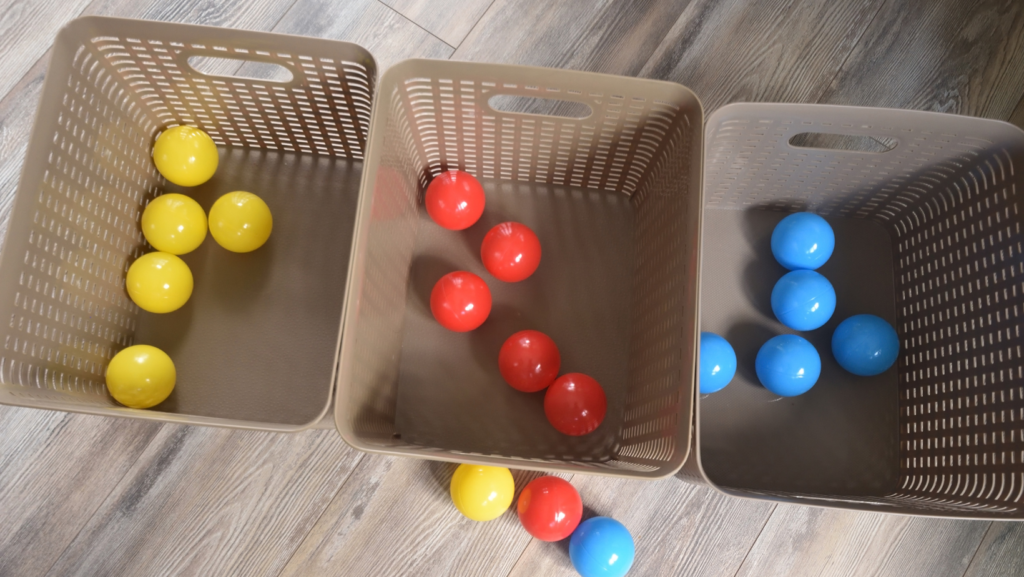Efficiency and productivity are vital for any business striving to succeed in today’s competitive market. As manufacturers, it feels like there are always improvements to be made in order to increase efficiency and eliminate waste. In order to improve their processes, organizations can turn to the 6S Lean process, a systematic approach to workplace organization and optimization. This is part one of our series doing a deep dive into each step of the 6S Lean process to help businesses optimize their systems and realize their potential. In part one, we will explore the first step of the 6S Lean process, Sort (Seiri). Sort enhances efficiency, reduces waste, and creates a streamlined work environment.
Organize and Tag Items
The Sort step is all about organizing and decluttering work spaces. It involves categorizing items based on their necessity, functionality, and frequency of use. By systematically organizing equipment, tools, and materials, businesses can save time, improve accessibility, and minimize distractions.
Red Tags: Items for Disposal
As part of the Sort process, red tags are used to identify items that are deemed unnecessary and should be discarded. These items could be obsolete, damaged, or no longer serve a purpose in the current workflow. By identifying these items, businesses can eliminate clutter, reduce inventory costs, and create more space for essential items.
Yellow Tags: Temporary Halt
Yellow tags are used to mark items that may not be necessary at the moment but might be required in the future. These items are temporarily halted, allowing businesses to reassess their value and determine if they should be reintroduced into the workflow. This temporary halt ensures that only essential items are open and available and nothing crucial is stored away out of reach.
Green Tags: Essential Items
Green tags are assigned to items that are essential and frequently used within the organization. These items are kept within reach, close to the point of use, allowing employees to access them quickly and efficiently. By ensuring easy accessibility to essential items, businesses can minimize downtime, improve productivity, and optimize workflow.
Key Questions to Consider:
To effectively implement the Sort (Seiri) step of the 6S Lean process, consider asking yourself the following questions:
- Are you only keeping necessary items in your facility?
- Are items or equipment used daily kept within reach of the point of use?
- Are there any items or materials that hinder or disturb your staff?
- Do you dispose of unnecessary items properly?
- Do you have an area designated for unwanted materials, clearly defined and red-tagged?
- Have you developed criteria for disposal of unnecessary items?
Example Scenario:
Imagine a warehouse where inventory has accumulated over time, leading to overcrowded storage spaces and employees having a difficult time finding essential items. By implementing the Sort step of the 6S Lean process, the company conducts a thorough assessment of all items, tagging them with red, yellow, or green tags. Unnecessary items are identified for disposal, while essential items are properly organized and easily accessible. As a result, the warehouse becomes more efficient, search time is reduced, workflow improves, and overall productivity increases.
This exact process was used when Reelex, a wire and cable packaging manufacturer located in Patterson, NY, reached out to MTEC to assist in redesigning their factory layout. Machines were arranged to follow the flow of materials, essential tools were tagged green, and necessary components were stored in correspondence with the proper step of the process. Since then, Reelex has seen massive growth which could not have been possible without implementing the 6S steps.
The Sort (Seiri) step of the 6S Lean process is a powerful tool for businesses aiming to enhance efficiency, reduce waste, and create a well-organized work environment. Asking key questions and implementing the Sort step effectively ensures that businesses can optimize their workflow and achieve sustainable success.
Lean Manufacturing is an invaluable tool when it comes to improving your business processes. If your business has been looking to implement the Lean techniques discussed in this blog and would like to set up a complimentary visit to discuss in further detail, please call Phyllis Levine, Director of Operations, at (845)391-8214 Ext. 3001 or via email to phyllis.levine@hvtdc.org.
